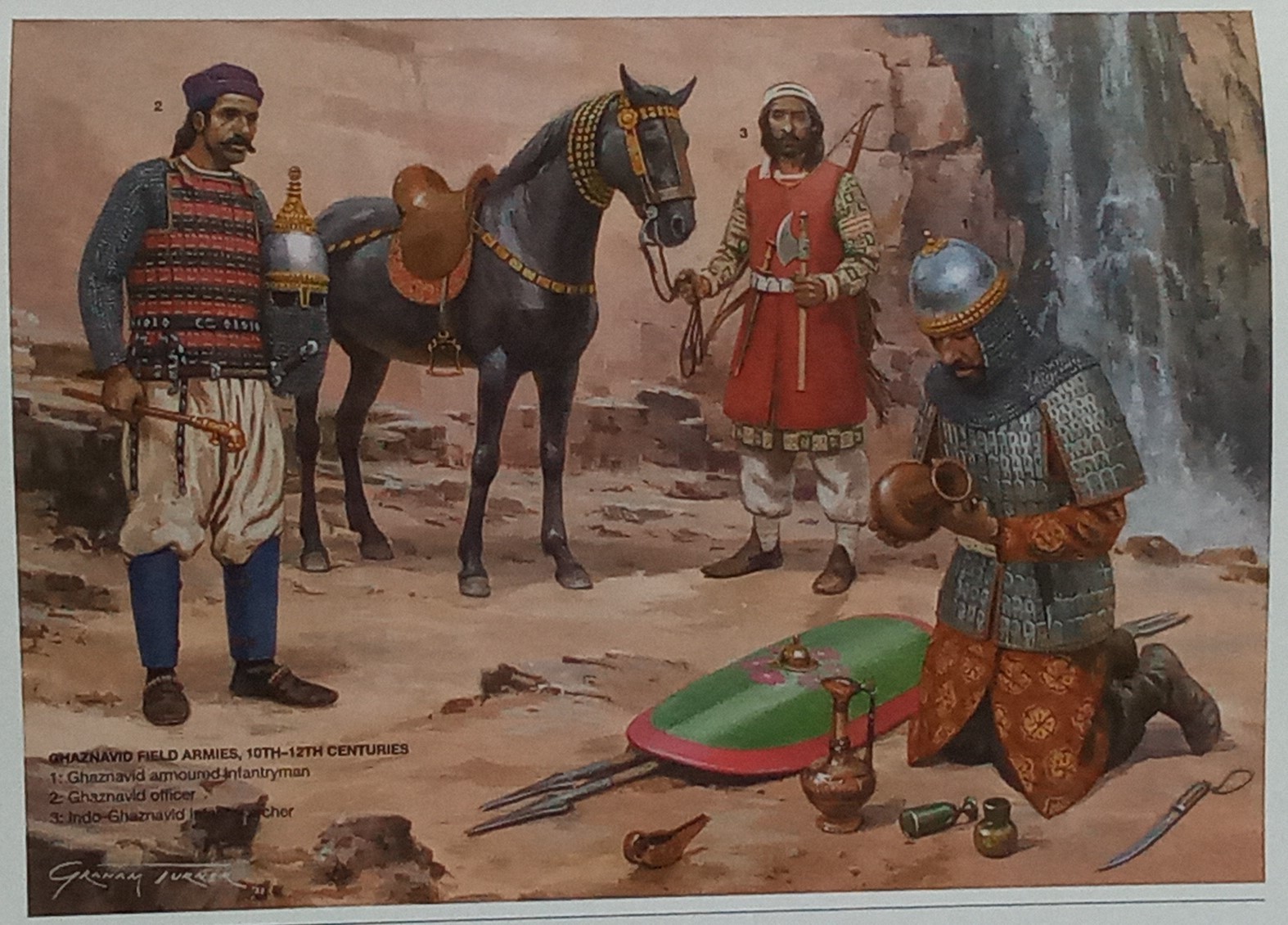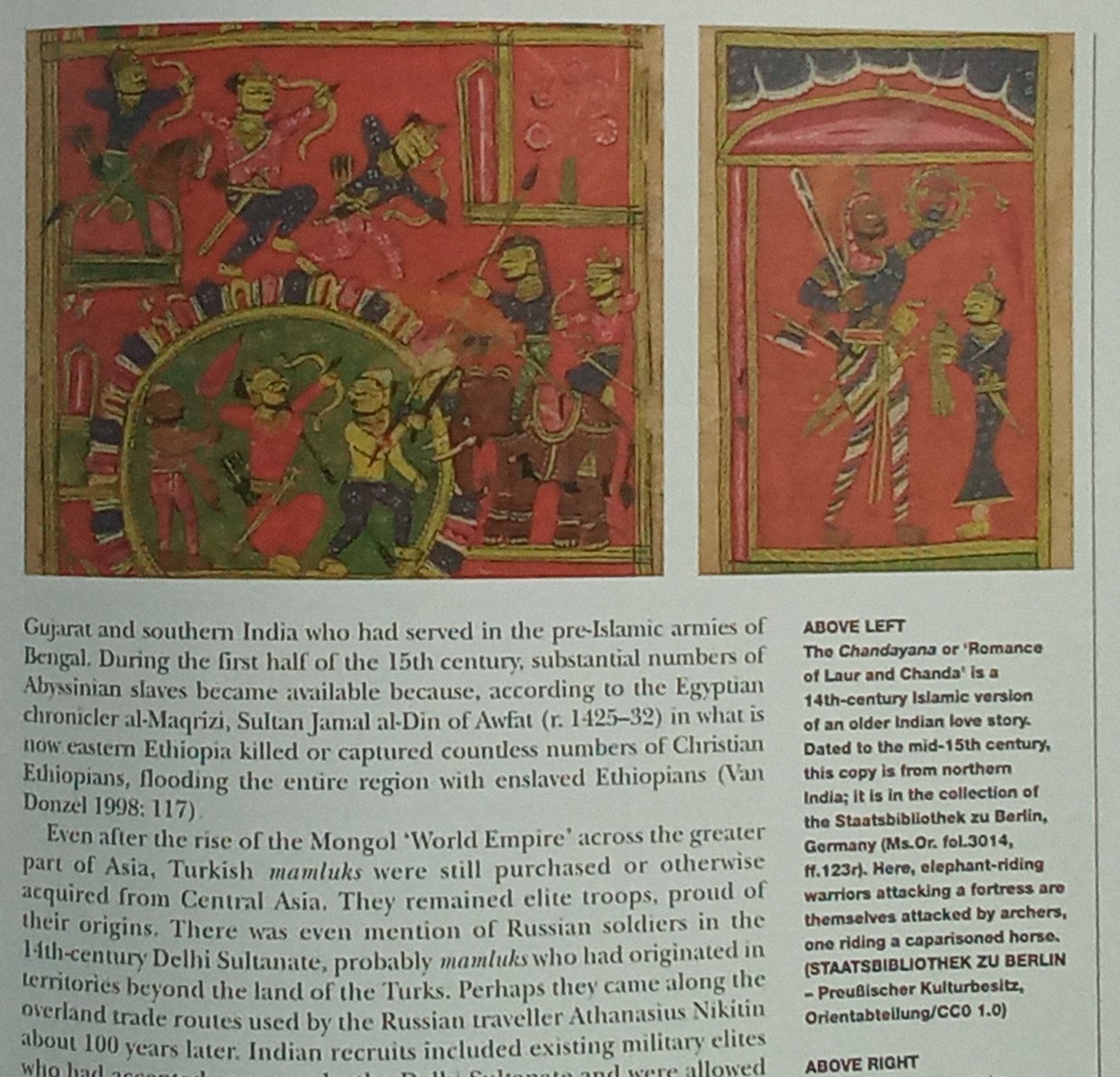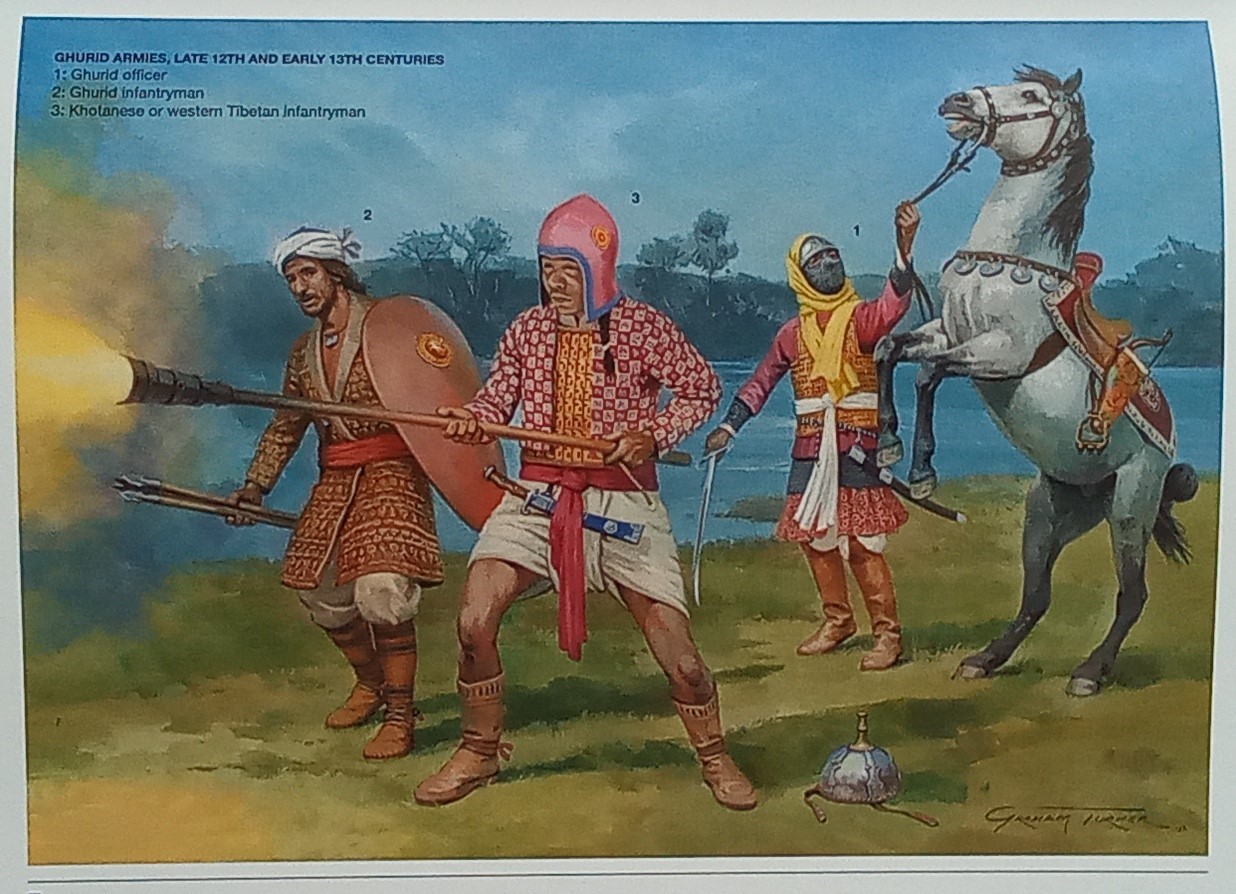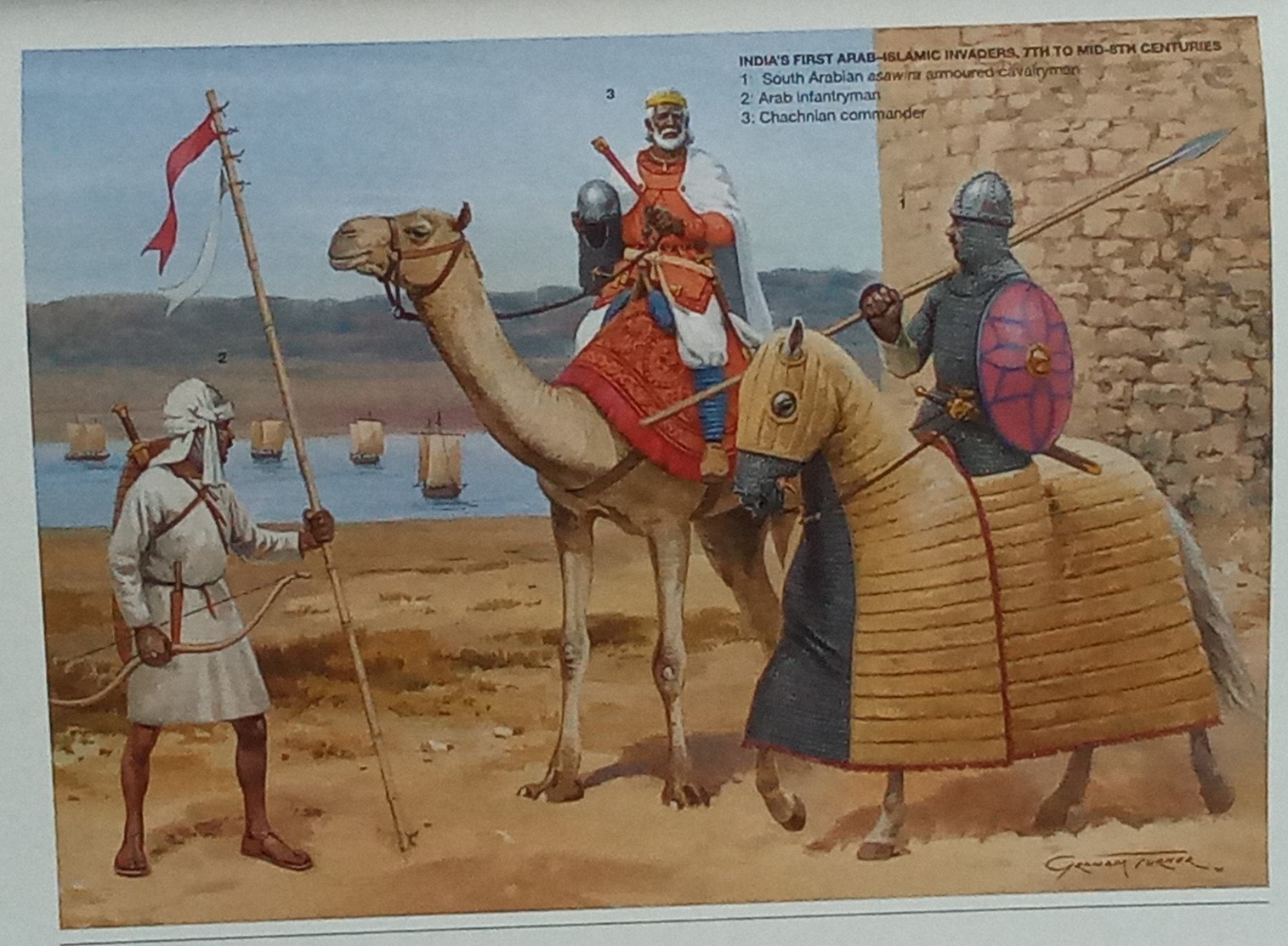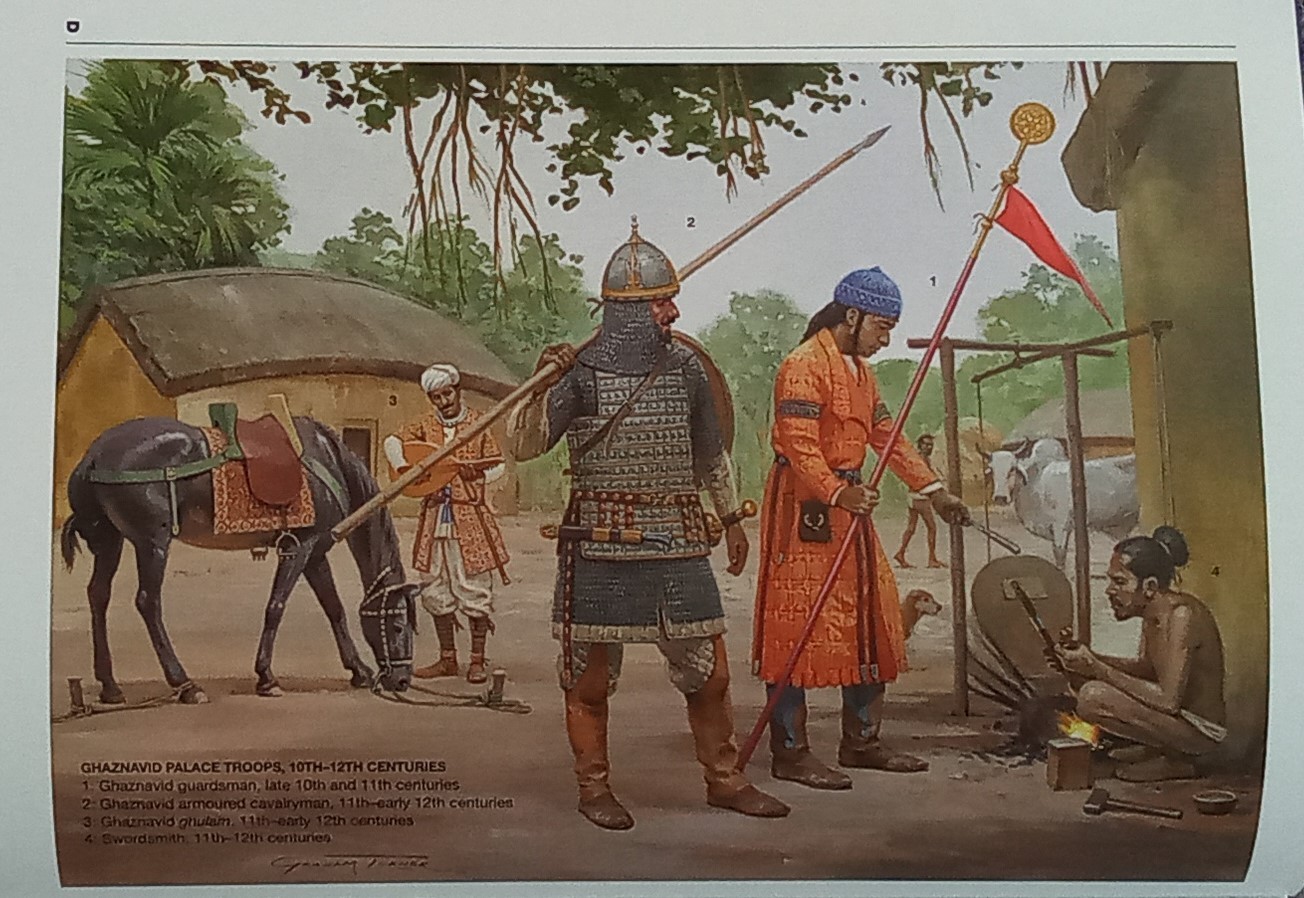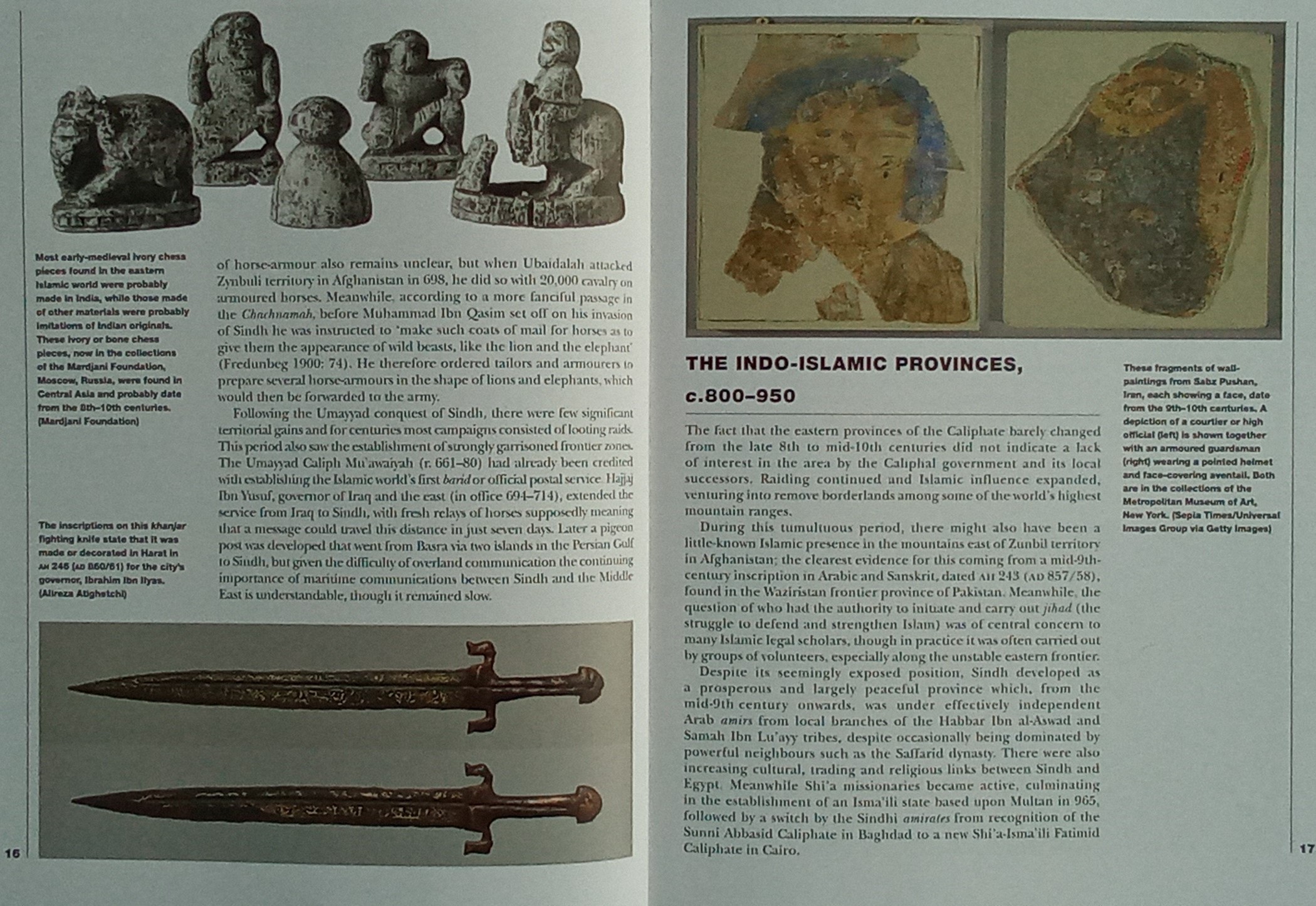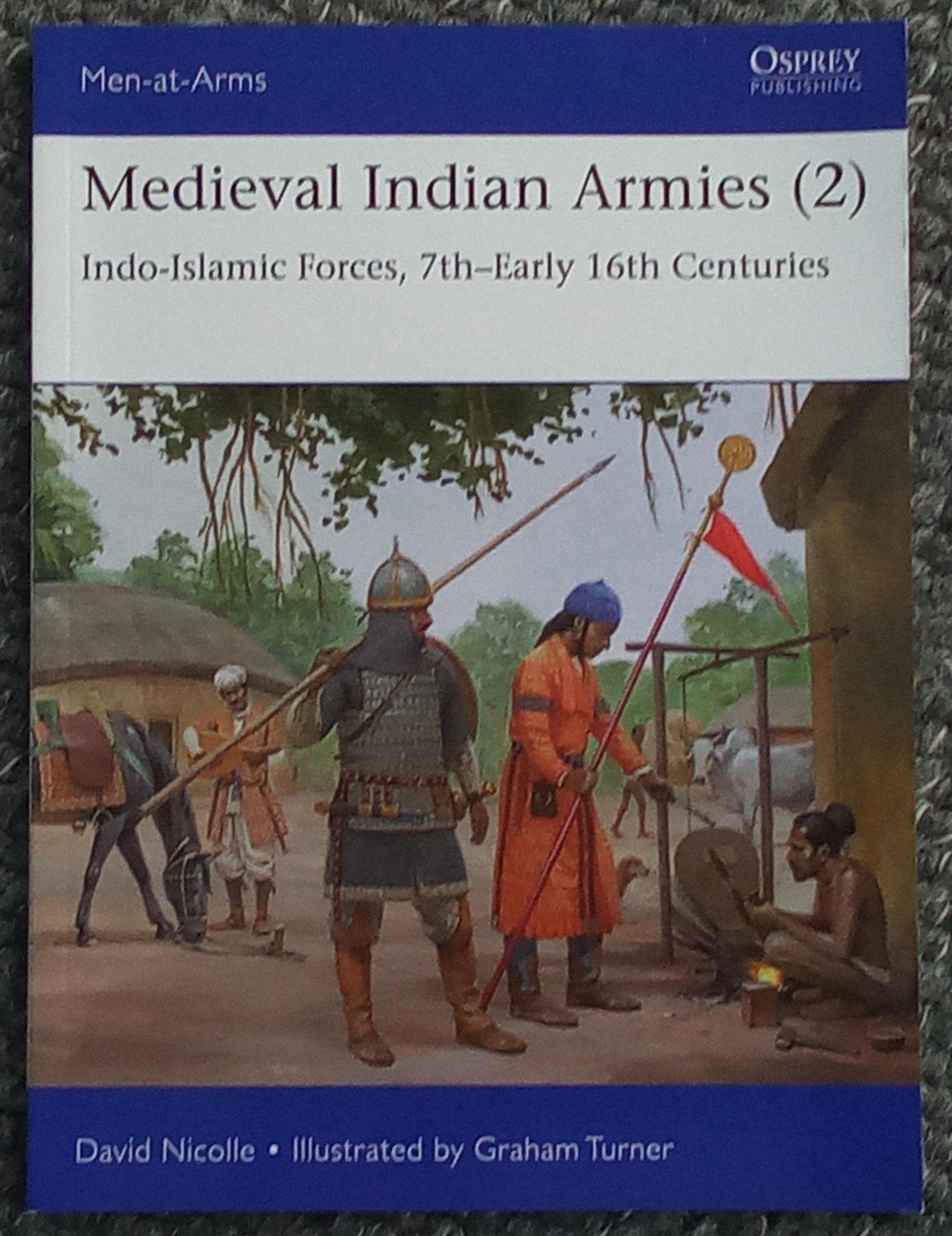From 1206, much of what is now India as well as parts of Pakistan, Bangladesh and Nepal were ruled by a succession of Islamic dynasties that had their origins in the Ghurid forces that conquered parts of northern India in the 12th century. Although it was never complete, the Islamic domination of this huge region also had a profound impact upon Islamic civilization as a whole, not least in military terms, being felt as far west as Africa. Within South Asia, the war-torn medieval centuries laid the foundations for the subsequent even more brilliant Mughal Empire.
Featuring eight plates of superb artwork alongside carefully chosen photographs and illustrations, this study complements the same author's Medieval Indian Armies (1): Hindu, Buddhist and Jain. It describes and illustrates the Indo-Islamic forces operating in South Asia, from the Umayyad Caliphate's frontier in north-western India and Afghanistan in the late 7th century through to the Delhi Sultanate, the Sultanate of Bengal and the Bahmani Sultanate in the 15th and 16th centuries.
David Nicolle explains how, with respect to arms, armour, fortification and transport both on land and at sea, the widely successful Muslim armies learned a great deal from their more numerous Hindu, Jain and Buddhist opponents. This was especially evident in developments such as the use of war-elephants and the adoption of lighter, often textile-based forms of protection such as 'soft armour' made of cotton. On the other side, there would be widespread adoption of more potent weapons such as the composite bow, and considerably more sophisticated systems of cavalry warfare, among the non-Islamic forces of the Indian sub-continent. Fully illustrated, this absorbing account casts light on many centuries of warfare in South Asia.
Table of Contents
Introduction
Islamic dynasties in medieval India
Cultural exchange in medieval India
A clash of military traditions
The caliphates' Indian frontier, c.650-800
The Indo-Islamic provinces, c.800-950
Ghaznavids and Ghurids, c.950-1225
The Delhi and Bengal Sultanates, c.1200-1525
The Deccan and Southern Sultanates, c.1350-1525
Further Reading
Plate Commentaries
Index
An interesting title that is well written, I struggled to put the subject into context, notwithstanding this is #2 of a series on the subject and the only one I read. What little I know of the subject is not helped by this title as, looking at the contents above, the author attempts to condense too much into too little. At a scant 48 pages with 8 pages of colour artwork plates, which are great in themselves, the narrative is set at too high a level to be instructive whilst trying to cover several centuries of contested history in the sub-continent. Significant national events are reduced to paragraphs, the entire book lacks depth. This would serve as an introduction to the subject, at best.
The colour plates are a highlight, see below, illustrating a scene and several features of the period in great detail, supported by some line drawings, photos of surviving artifacts, including an Indian helmet complete with chainmail, and other items.
There really is not a lot more to say on it, a book trying to cover 7 to 16th centuries medieval Indian armies (Indo-Islamic forces) in less than 48 pages largely misses the point. Not recommended.
